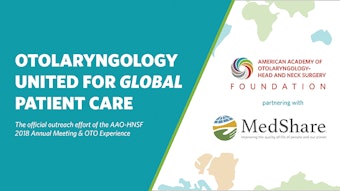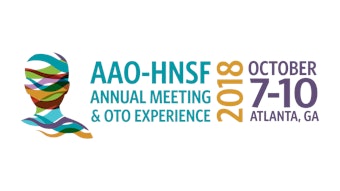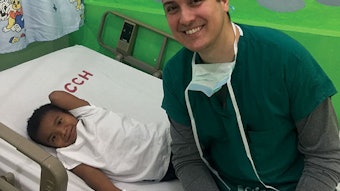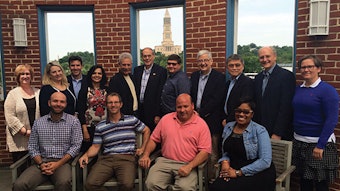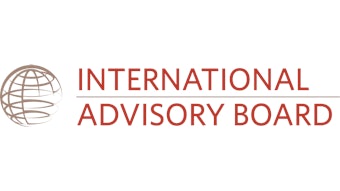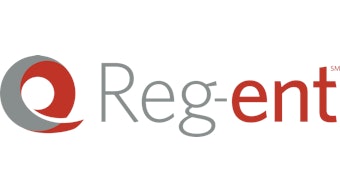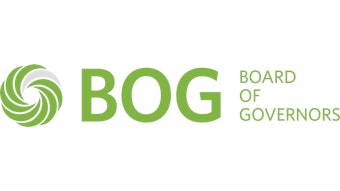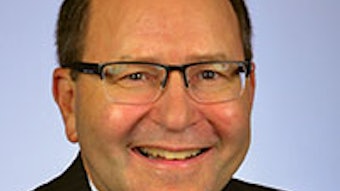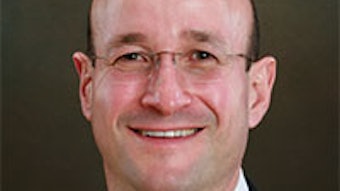Advocacy: Making the specialty's voice heard: AAO-HNS takes lead role in first FDA sleep disordered breathing workshop
On April 16, the U.S. Food and Drug Administration (FDA) held its first workshop on sleep disordered breathing (SDB) devices, focusing on the appropriate design of clinical studies to evaluate devices and digital health technologies intended for the diagnosis, monitoring, and treatment of SDB in adults.
PANEL TOPIC
Defining SDB Conditions for Clinical Trials
Moderator:Stacey L. Ishman, MD, MPH
Panelist:Kathleen Yaremchuk, MD, MSA
SDB Diagnosis and Monitoring: Role of Polysomnography vs. Home Sleep Apnea Testing (HSAT)
Moderator:Kathleen Yaremchuk, MD, MSA
Panelist:M. Boyd Gillespie, MD, MSc
Clinical Trial Design Considerations for Therapeutic SDB Devices
Primary Speaker:Edward M. Weaver, MD, MPH
Panelist:Kathleen Yaremchuk, MD, MSA
Digital Health Technologies in SDB
Moderator:James C. Denneny III, MD
Panelists:Raj C. Dedhia, MD, and Ofer Jacobowitz, MD, PhD
If you missed the live broadcast of the FDA workshop on April 16, visit https://www.fda.gov/MedicalDevices/NewsEvents/WorkshopsConferences/ucm596147.htm to access the following:
- List of speakers, moderators, and panelists
- A recorded webcast
- Slides for each panel topic
A full transcript of the workshop will be made available no later than May 30, 2018.
On April 16, the U.S. Food and Drug Administration (FDA) held its first workshop on sleep disordered breathing (SDB) devices, focusing on the appropriate design of clinical studies to evaluate devices and digital health technologies intended for the diagnosis, monitoring, and treatment of SDB in adults. The FDA invited the AAO-HNS to serve on the planning committee, as well as be a key participant, in the day-long meeting at the agency’s Maryland campus. The specialty was well-represented at this public forum with seven total participants, moderators for three of four panels, and a session speaker.
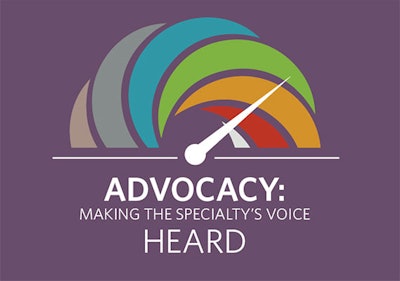
The AAO-HNS team was led by Kathleen Yaremchuk, MD, MSA, and included Raj Dedhia, MD; James C. Denneny III, MD; M. Boyd Gillespie, MD, MSc; Stacey L. Ishman, MD, MPH; Ofer Jacobowitz, MD, PhD; and Edward M. Weaver, MD, MPH. Other invited organizations included the American Academy of Neurology, the American College of Chest Physicians, the American Sleep Apnea Association, the American Academy of Sleep Medicine, and the American Academy of Dental Sleep Medicine.
In recent years, the FDA has seen a marked increase in premarket submission for devices intended for both the diagnosis and treatment of SDB. The volume and variation of these emerging technologies present the FDA with complex questions regarding safety and effectiveness, as well as determination of the benefit-risk profiles of these devices. The agency convened the public workshop to bring together device regulators, clinical experts in sleep medicine, patients, and other stakeholders to discuss potential solutions to these regulatory challenges. Study design considerations discussed included definitions for SDB conditions, inclusion/exclusion criteria for studies of these conditions, use of SDB assessment technologies, controls, and desired endpoints.
In the months leading up to the meeting, the Academy participated on numerous planning calls to assist the FDA in developing the workshop agenda. AAO-HNS physician leaders worked diligently with agency staff within the FDA’s Center for Devices and Radiological Health, including Eric A. Mann, MD, PhD, Clinical Deputy Director, Division of Ophthalmic and Ear, Nose and Throat Devices, to arrive at a consensus on topics to be discussed and define the key questions to be addressed. The final workshop agenda included four panels, each one introduced by a primary speaker (see table at right). Following the overview, the panels included robust discussion around the appropriate design of clinical studies to evaluate devices and digital health technologies for the diagnosis and treatment of SDB. The FDA workshop marks a landmark success for otolaryngology-head and neck surgery, solidifying the specialty’s role in sleep medicine with patients, policymakers, and industry.



